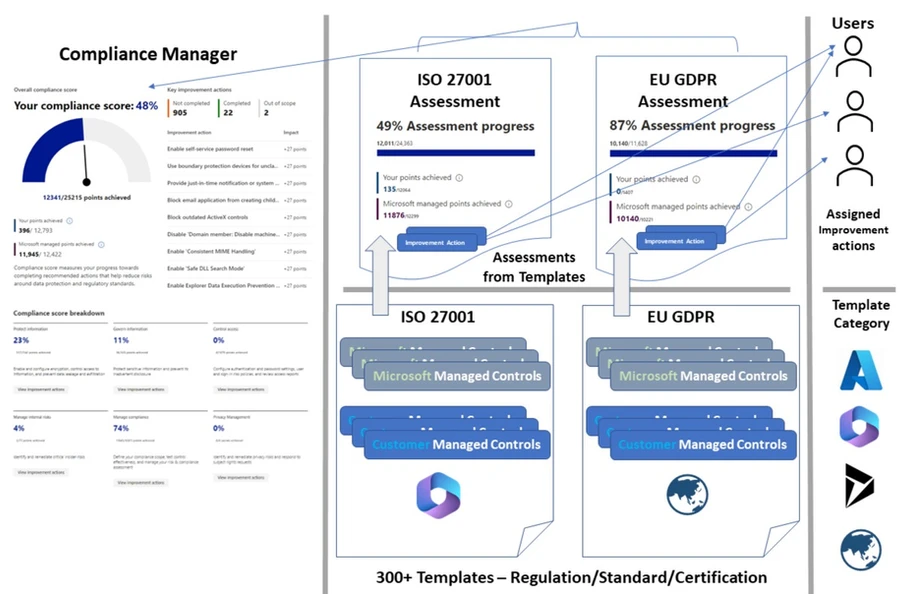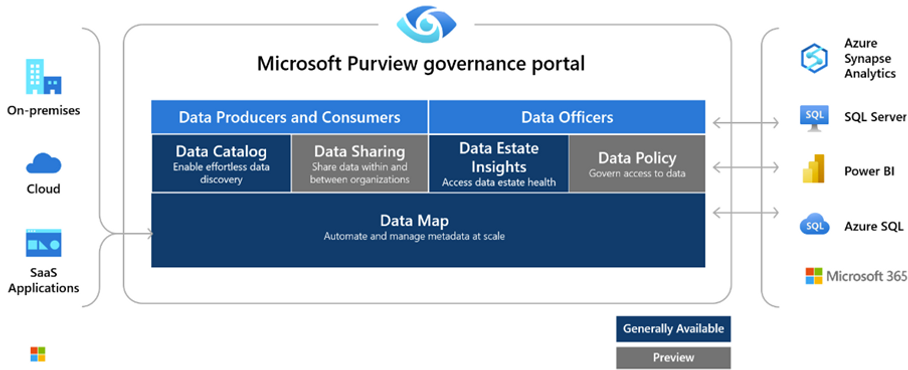Common misconceptions about Microsoft Purview Compliance Manager

![]()
Microsoft Purview Compliance Manager is a cloud-based compliance management solution that provides a unified view of compliance across multiple data sources, enabling organisations to identify and prioritize compliance risks, establish controls to address them, and monitor compliance over time. In compliance manager, the compliance is tracked by addressing the ‘improvement actions’ which are generated by […]
Client Project Management – Lessons From The Field

![]()
Information and Knowledge Management Projects are 30% technology implementation, 70% people, process and changes to ways of working. Organisations exploring the suite of collaboration tools provided by Microsoft through M365 for the Modern Workplace, require a project manager experienced in adapting traditional project management into the new era. Have your projects struggled to get to […]
Customize what happens at the end of the retention period using Power Automate

![]()
When you configure a ,retention label in MS Purview to retain items for a specific period, you specify what action to take at the end of that retention period. You can choose from the built-in actions, like permanently deleting the item, relabelling the item, deactivating the label, etc., but many administrators get somewhat challenged […]
Insider Risk, data exposure jeopardy!

![]()
Insider risk refers to the potential for employees or other insiders to misuse or mishandle sensitive data within an organization. This can include actions such as stealing data, sharing confidential information with unauthorized parties, or intentionally or unintentionally compromising data security.Insider risk can occur in a variety of forms, including: Microsoft Azure Purview is […]
Microsoft Purview – the future of unified data governance solution

![]()
Data Governance is often overlooked when it comes to architecting your data estate. Microsoft Purview is the new unified data governance solution that can help manage your data whether it is on on-premises, multi-cloud, or entirely on Azure. Microsoft Purview is a combination of what was formerly known as Azure Purview and Microsoft 365’s compliance […]
2 Day Workshop SharePoint Syntex, Viva Topics and Trainable Classifiers

![]()
This year, Microsoft and Infotechtion are investing in next-generation experiences which connect people with knowledge, experts, and insights. These experiences build on best-of-breed apps and services, including SharePoint, Yammer, Stream, and Microsoft Search, delivering premium capabilities that will empower your teams from the top floor to the shop floor. Infotechtion is a Microsoft Gold Partner […]
What is Microsoft Project Nucleus?

![]()
Microsoft CVP Jeff Teper introduced the latest innovation on Microsoft SharePoint online platform called Project Nucleus. Read more about it in this blogpost by my colleague and friend Per Sivertsen – Project Nucleus is alive! Project Nucleus will bring the boost of performance and reliability of web applications to SharePoint online. The new technology will […]
Automated SharePoint Metadata Extraction for Effective Governace.

![]()
Updated: Nov 1, 2020 SharePoint Online and increasingly Microsoft Teams are used for teamwork and collaboration. In my experience, a significant portion of the business information created/received as part of a business activity lives in un / semi-structured documents and other file formats. In many of these situations, we can significantly improve decision making by extracting […]
How do you automate network drives transformation to Microsoft365 ?

![]()
I’m writing this article to outline a reference architecture for scenarios related to an accelerated transformation of data residing in network drives to cloud platforms for easy access and advanced information governance capabilities. For many corporations work now increasingly happens in Microsoft365, where information governance and corporate knowledge features are well integrated. However, a […]
Data Mapping, Transformation, and Migration

![]()
Fast-track the migration from on-premise systems to a secure and compliant platform Enterprises need to free their company´s future from the pull of the past. Technical debt needs to be reduced or eliminated, and information locked down in legacy silos needs to be migrated and managed in a future-proof platform reducing or eliminating the need […]

